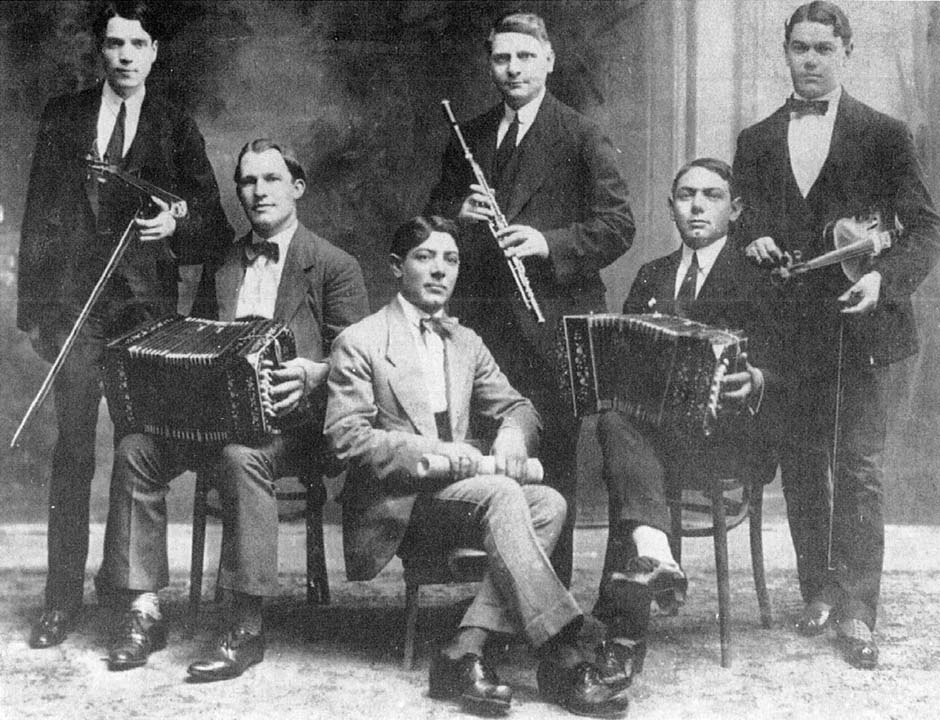
The first part of this article deals with the basic structure and a discussion of tempo. The second deals with measures and phrasing and the relationship between melody and rhythm. The third part deals with more complex variations on the basic structure. In the future, there will be articles on musicality and additional subjects on Argentine Tango music.
Why is understanding this structure important for dancers? When we dance we have a connection with our partner, the other couples on the dance floor and with the music. This connection to the music is what we will explore in these articles. Most dancer's musicality ends with being able to pause and throwing in a quick-quick-slow here and there. Understanding the structure allows us to better predict when the changes in rhythm will occur, thus when to use those pauses and rhythm changes.
- The Structure of Argentine Tango
Part 1: The Basic Structure
In this article we will learn about the basic structure of Argentine Tango with examinations of Carlos Di Sarli's "Bahia Blanca" and Juan D'Arienzo's "Pensalo Bien." We also compare these two songs in terms of tempo. - The Structure of Argentine Tango
Part 2: Rhythm, Melody and Phrases
In this article, we look at measures, phrases, rhythm and melody. - The Structure of Argentine Tango
Part 3: Variations
An examination of more complex structures of Argentine Tango music with analysis of Caminito and Poema. - The Role of the Tango Orchestra Singer
I often get asked about dancing to tangos with singers. The tango singer has had four distinctive roles over time: National Singer (Cantor Nacional) The Refrain Singer (Estbrillista) The Orchestra Singer (Cantor de la Orchesta) The Star Soloist

